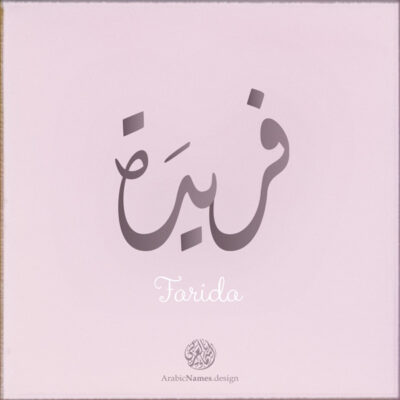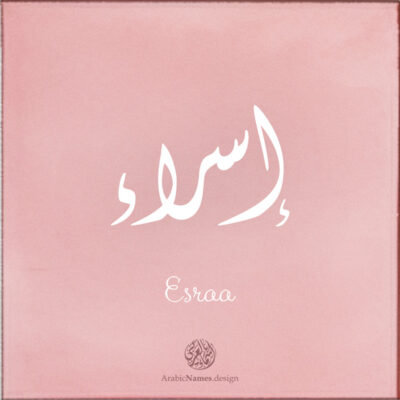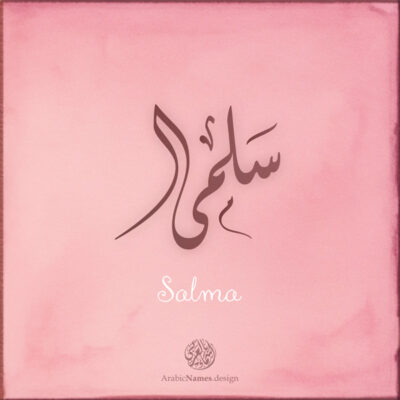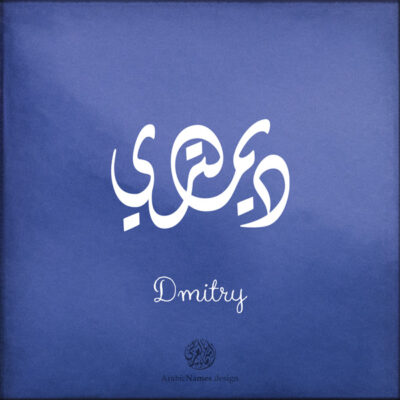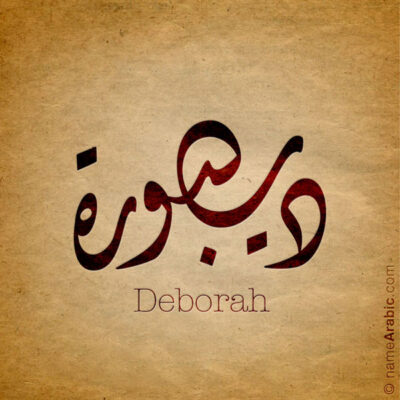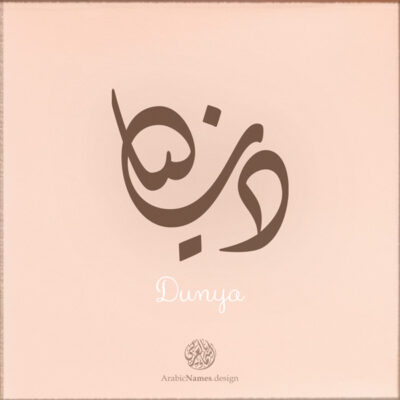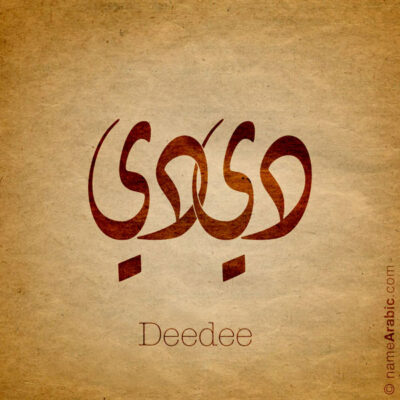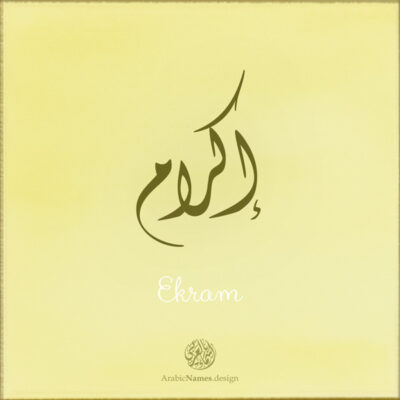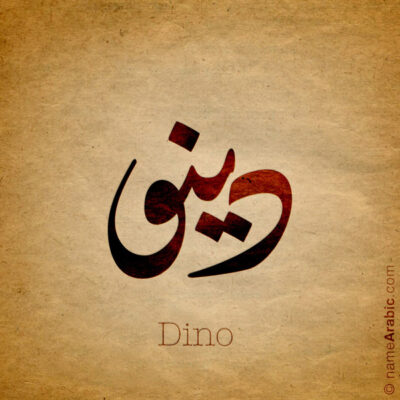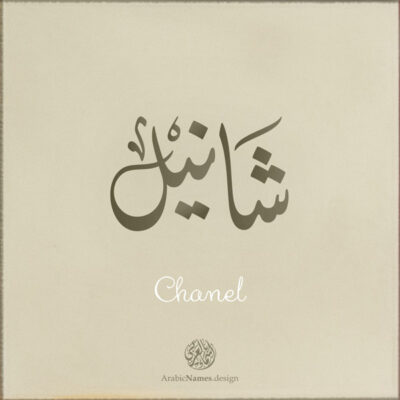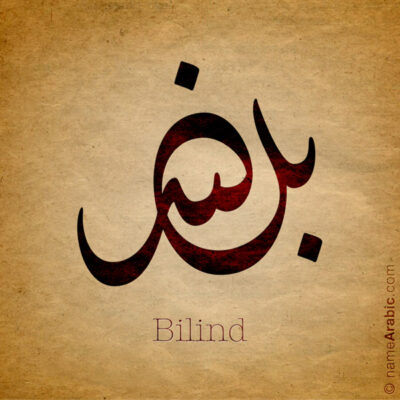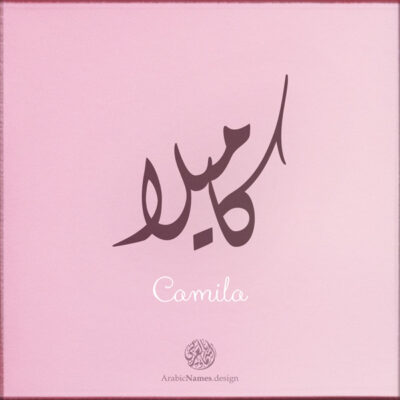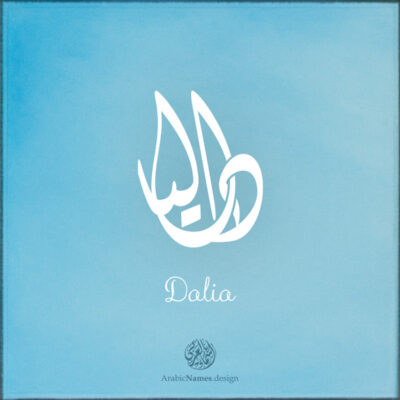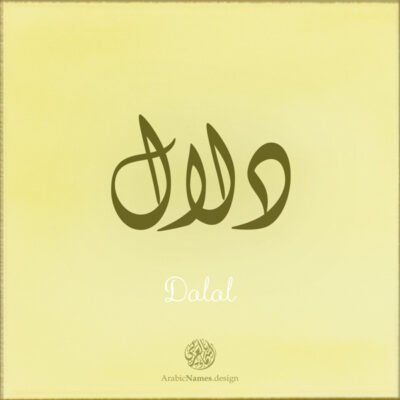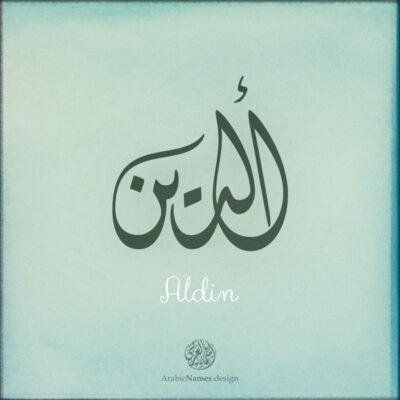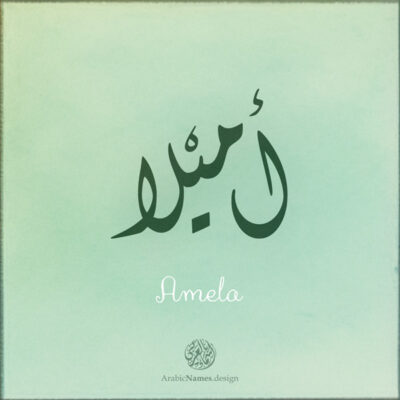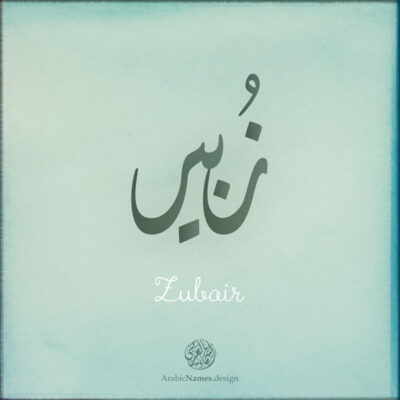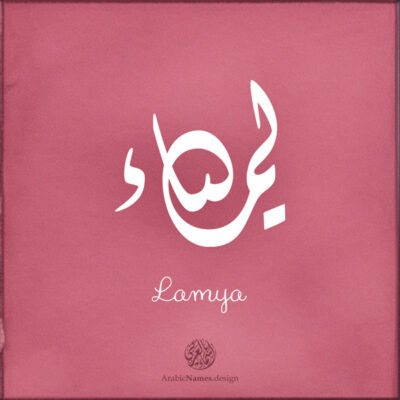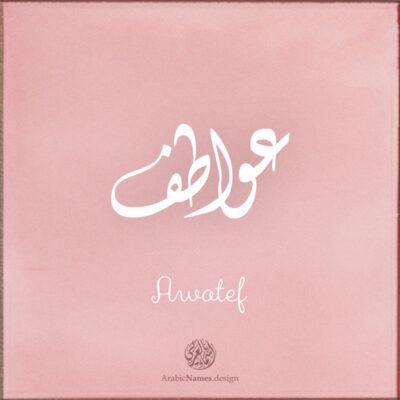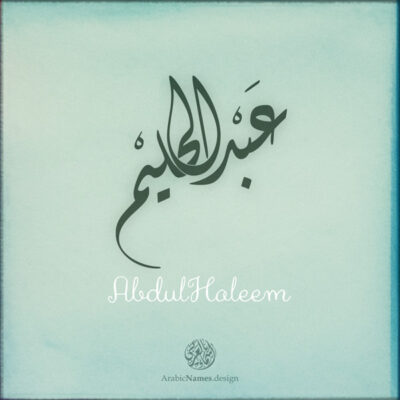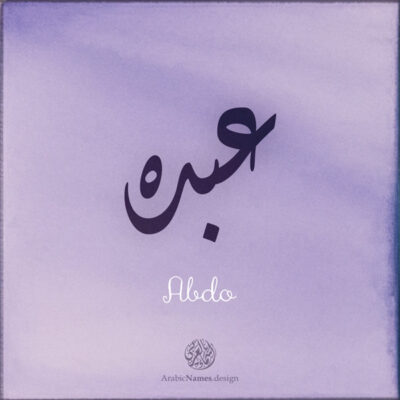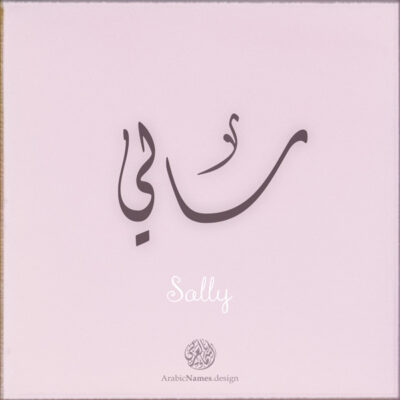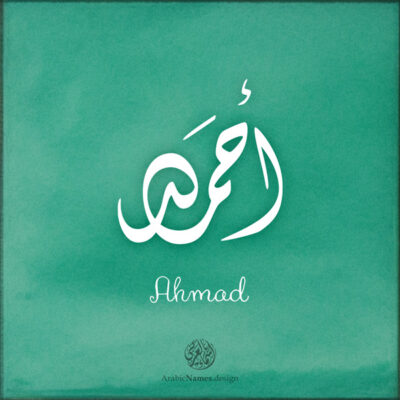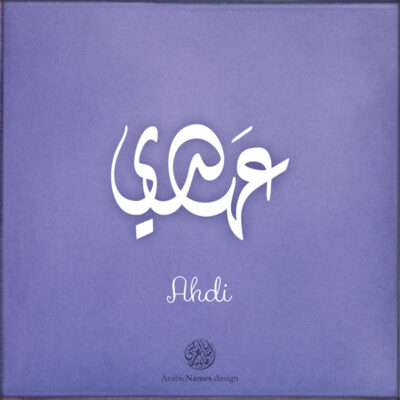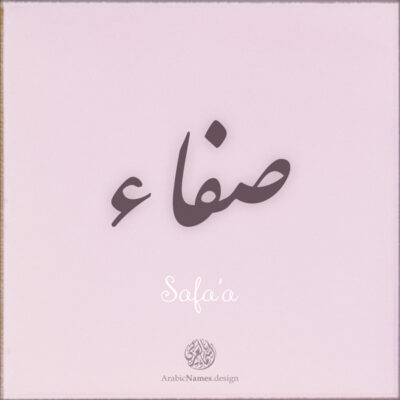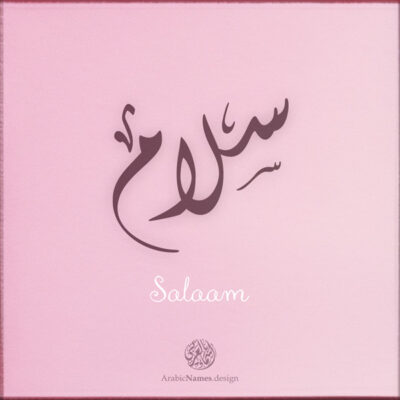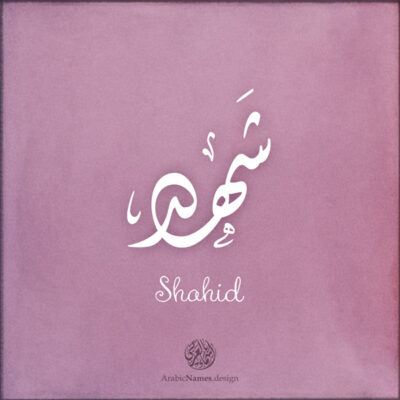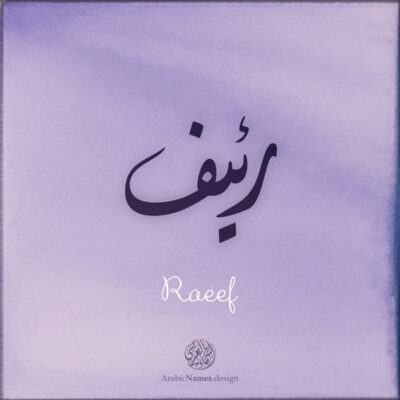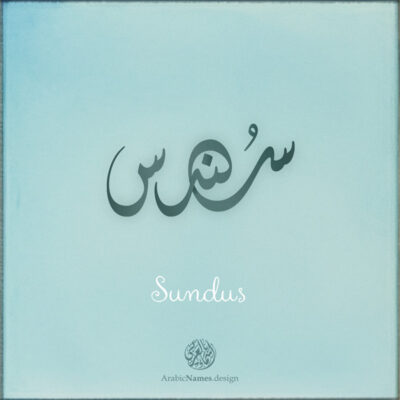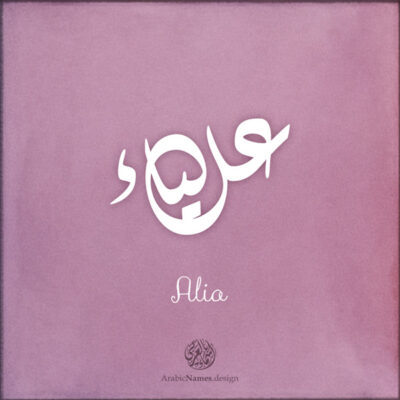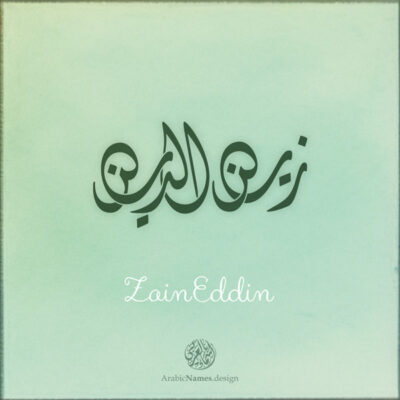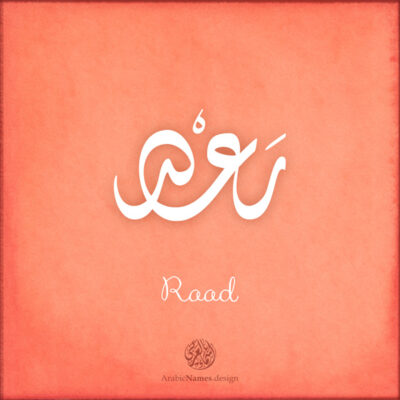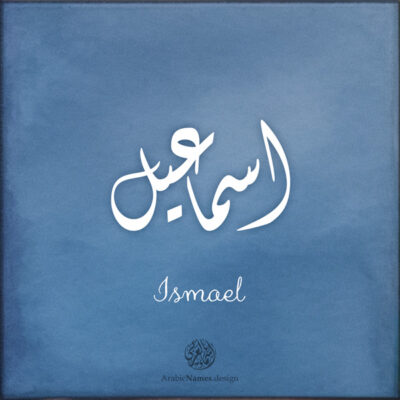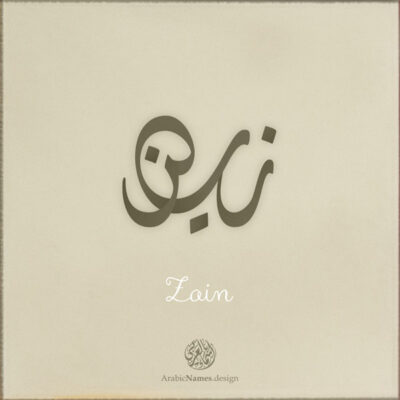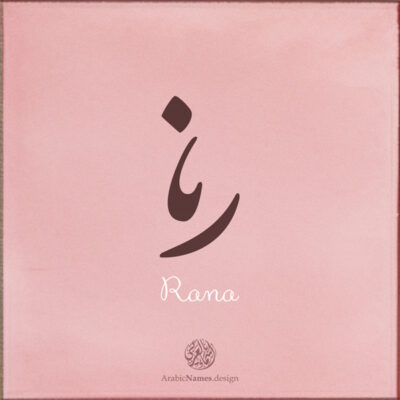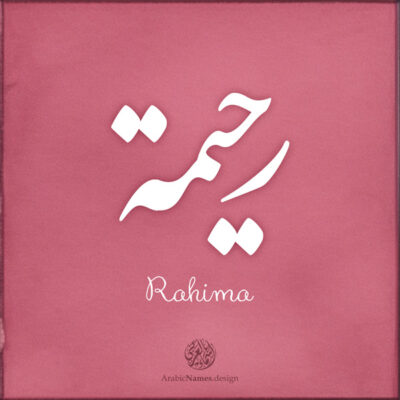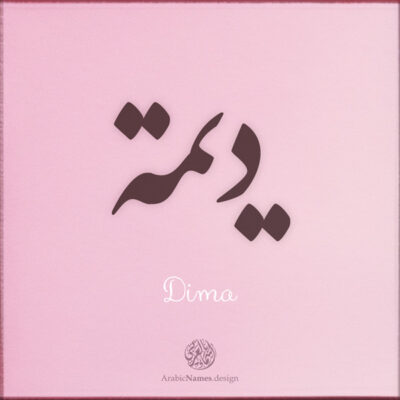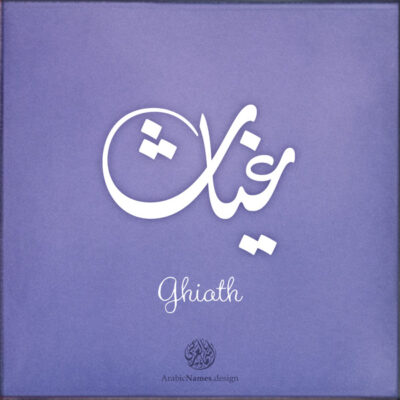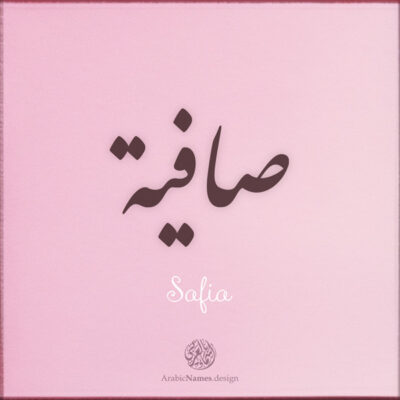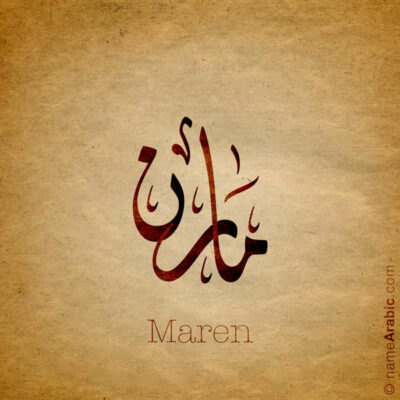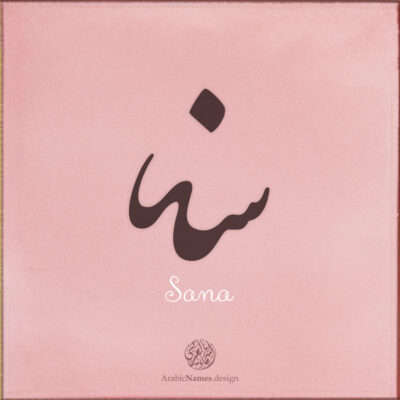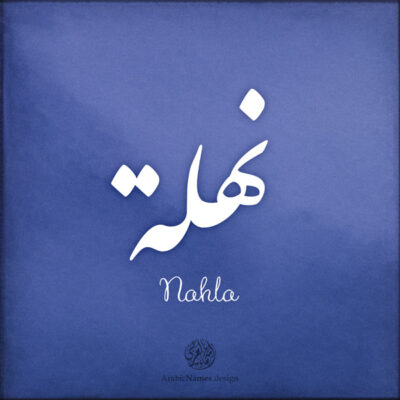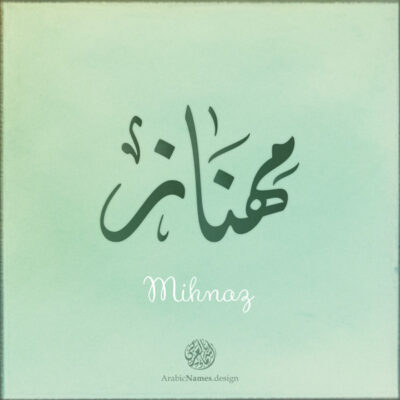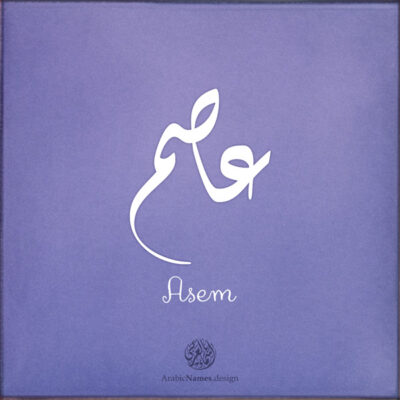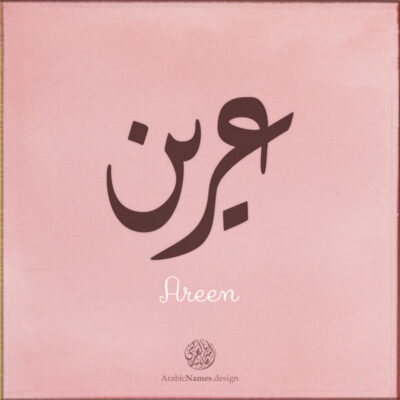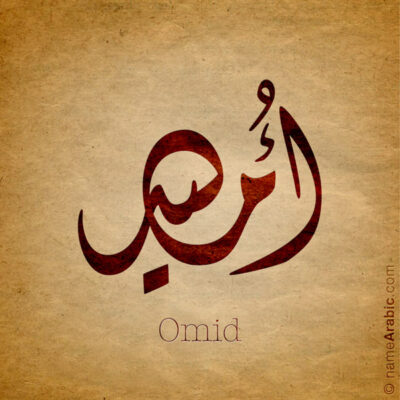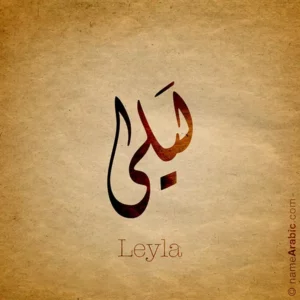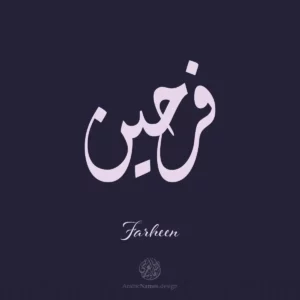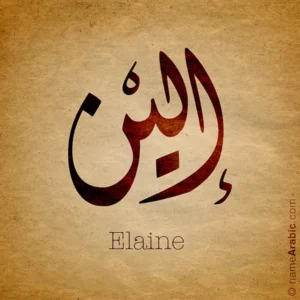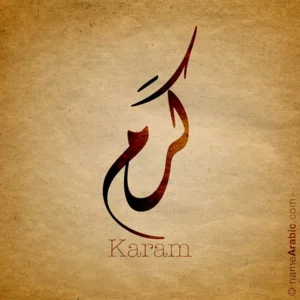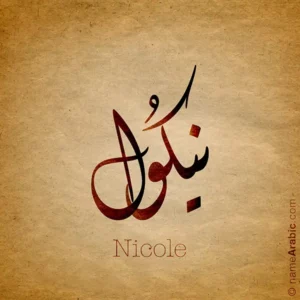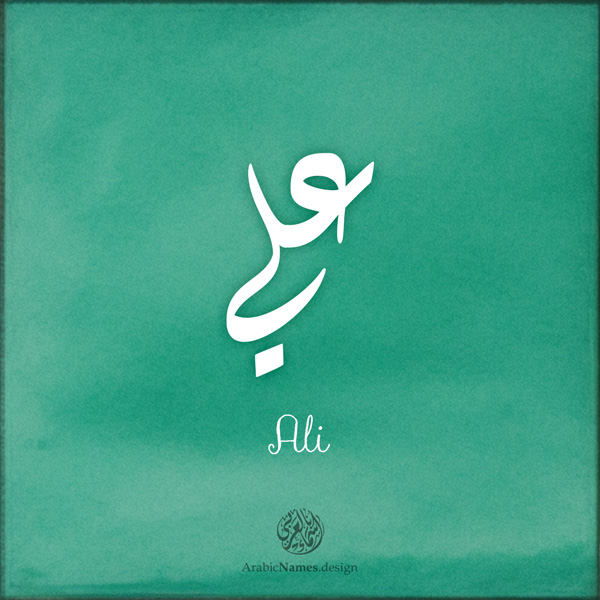
Ali Name Design

Arabic Calligraphy Diwani Style
Born in Ottoman Splendor:
Emerging in the 15th century within the opulent halls of the Ottoman court, Diwani drew inspiration from the Ruqaa and Nasta'liq scripts. Initially reserved for official documents like decrees and imperial pronouncements, its elegance soon transcended administrative duties, adorning poetry manuscripts and even ornate architectural decorations.
Unveiling the Diwani's Delights:
What sets Diwani apart? First, its fluidity. Letters gracefully intertwine, their rounded forms harmonizing in a rhythmic dance. Unlike other scripts, Diwani often blurs the lines between individual characters, creating a captivatingly interwoven tapestry of text.
Second, Diwani's playful nature. Letters stretch and shrink, their contours morphing with artistic liberty. Diacritical marks, often omitted in other scripts, become decorative elements, adding an extra layer of visual intrigue.
Finally, Diwani's mastery of contrast. Bold, sweeping strokes juxtapose delicate hairlines, while dark inks often give way to vibrant gold accents, amplifying the script's visual impact.
A Legacy in Ink:
Despite its initial association with the Ottoman elite, Diwani's charm extended beyond courtly confines. From calligraphic masterpieces adorning mosques and public spaces to personal letters and intimate verses, Diwani became a language understood by all.
Today, Diwani continues to enthrall. Calligraphers cherish its artistic potential, pushing the boundaries of its expressive nature. Contemporary artists incorporate its elements into graphic design and installations, while its timeless beauty still graces greeting cards and wedding invitations.
Experience the Enchantment:
Whether you're an Arabic language enthusiast, an art devotee, or simply captivated by the allure of beautiful script, Diwani beckons you to its world. Explore historical manuscripts, marvel at contemporary interpretations, or even dip your own pen into its flowing rhythms. Diwani promises an artistic journey where words sing, lines dance, and the soul of language takes flight.
